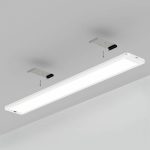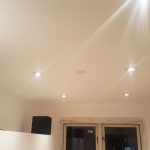Why LED Outdoor Lights Flash and How to Fix Them: A Comprehensive Guide
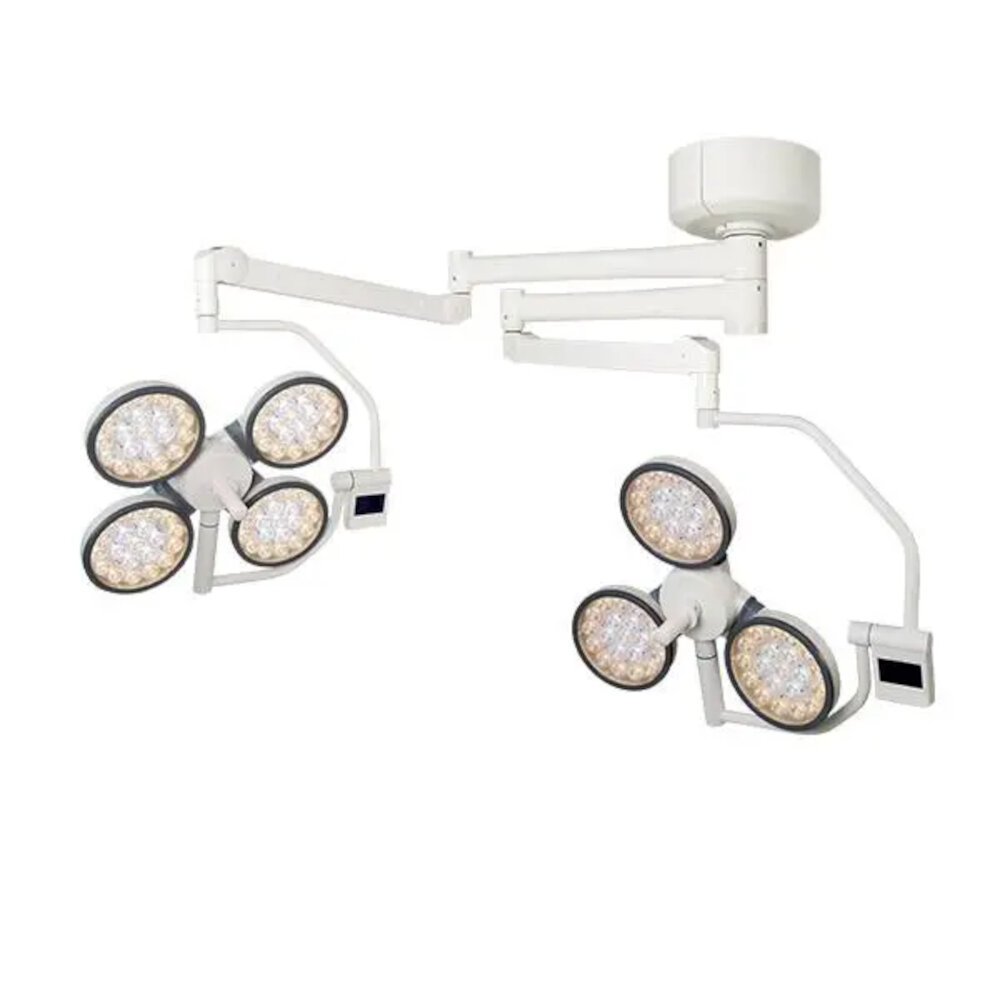
In recent years, LED lights have become increasingly popular for outdoor use due to their energy efficiency, durability, and low maintenance requirements. However, one issue that can arise with LED outdoor lights is flashing or flickering. This problem can be frustrating for homeowners and can also lead to reduced visibility and safety concerns. Understanding why LED outdoor lights flash and how to fix them is essential to ensure that your outdoor lighting system is functioning correctly and efficiently. There are several reasons why LED outdoor lights may flash, including voltage fluctuations, loose connections, and faulty wiring. In some cases, the issue may be a simple fix that can be done by the homeowner. However, in more severe cases, it may require the assistance of a professional electrician. This comprehensive guide will provide you with the necessary information and steps to diagnose and fix the flashing of your LED outdoor lights, allowing you to enjoy a well-lit and secure outdoor space.
LED outdoor lights have become a popular choice for many homeowners due to their energy efficiency, durability, and long lifespan. These lights use light-emitting diodes (LEDs) to produce bright and focused illumination that is perfect for illuminating outdoor spaces such as gardens, patios, and driveways. However, even the most reliable LED lights may sometimes experience flashing or flickering issues, which can be caused by a variety of reasons such as faulty wiring, incompatible dimmer switches, or overheating. Fortunately, there are several troubleshooting steps that can be taken to identify and fix these issues, including checking the electrical connections, replacing faulty components, or adjusting the dimmer settings. By following these simple steps, you can ensure that your LED outdoor lights remain bright and functional for years to come.
Outdoor lighting is an important aspect of any property as it enhances its visual appeal, increases safety and security, and adds value to the property. Properly illuminated outdoor spaces can make a property more inviting and attractive, while also providing a sense of comfort and safety for those who frequent the area. In addition, outdoor lighting can deter potential intruders and improve visibility, reducing the risk of accidents and injuries. LED outdoor lights are a popular choice for their energy efficiency and longevity, but they can sometimes experience flashing issues. Understanding the causes of flashing and how to address them is crucial for maintaining the effectiveness and reliability of outdoor lighting systems.
Reasons Why LED Outdoor Lights Flash
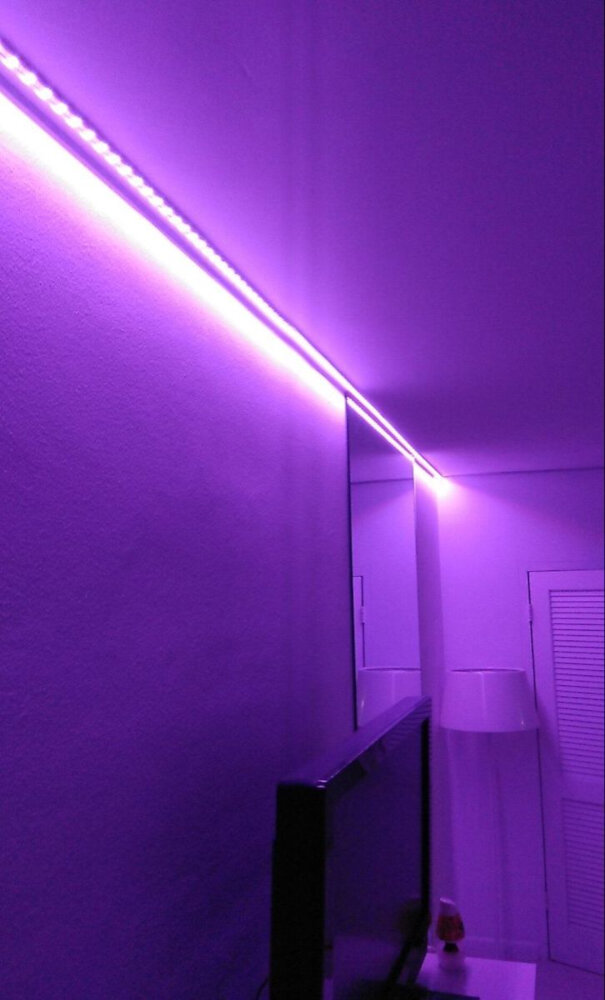
LED outdoor lights are a popular choice for homeowners who want to add an extra layer of security to their homes. However, one common issue that can occur with LED outdoor lights is that they may start to flash or flicker. There are several reasons why this may happen, including a problem with the wiring, a faulty LED driver, or an issue with the power supply. In some cases, the problem may be as simple as a loose wire or a bulb that needs to be replaced. However, in other cases, the issue may require professional help to fix. One of the most common reasons why LED outdoor lights may start to flash is due to a problem with the wiring. This could be caused by a loose connection or a damaged wire, which can cause the LED lights to flicker or go on and off. Another common cause of LED outdoor lights flashing is a faulty LED driver. The LED driver is responsible for regulating the amount of power that is sent to the LED lights, and if it is not functioning properly, it can cause the lights to flicker or go on and off. Additionally, an issue with the power supply can also cause LED outdoor lights to flash. This could be due to a power surge or a problem with the electrical system in the home. Regardless of the cause, it is important to address the issue as soon as possible to prevent further damage and ensure the safety of your home.
Overheating is a common issue with LED outdoor lights that can cause them to flash or flicker. When the lights are exposed to high temperatures, the components inside the bulbs can become damaged, leading to a decrease in efficiency and lifespan. Overheating can be caused by several factors, such as poor ventilation, direct sunlight, or using the wrong type of bulb. It is essential to address overheating promptly to prevent further damage or potential safety hazards. Simple fixes like improving the ventilation around the lights or using LED bulbs that are designed for outdoor use can help prevent overheating and prolong the life of your LED outdoor lights.
Loose wiring or connections are a common reason why LED outdoor lights may flash. This issue can occur due to a variety of reasons, such as improper installation, vibrations, or environmental factors like extreme weather conditions. When wiring is loose, the electrical current can fluctuate, causing the LED lights to turn on and off rapidly. It is important to address this issue promptly as it can lead to further damage to the wiring and the LED lights. Fixing loose wiring or connections involves identifying the source of the problem and re-securing the wiring and connections properly.
Power surges or voltage fluctuations are sudden increases or decreases in the electrical power supply that can cause damage to electronic devices such as LED outdoor lights. These surges can occur due to various reasons such as lightning strikes, power outages, or faulty wiring. In addition, voltage fluctuations can also occur when there is a sudden increase in power demand on the electrical grid. These fluctuations can cause the LED lights to flicker, dim, or even turn off completely. To prevent damage to the LED lights, it is important to install surge protectors and voltage regulators to stabilize the electrical supply and protect the lights from power surges and fluctuations.
Weather conditions can have a significant impact on the performance of LED outdoor lights. Extreme temperatures, such as intense heat or cold, can cause the lights to flicker or even stop working altogether. Heavy rain, snow, or hail can also damage the lights, causing them to short-circuit or malfunction. Additionally, high winds can cause the lights to sway, which can stress the wiring and connections, leading to potential issues. It is essential to choose LED outdoor lights that are designed to withstand various weather conditions to ensure they operate correctly and do not require frequent repairs. Regular maintenance and cleaning can also help extend the lifespan of these lights and prevent weather-related issues.
How to Fix LED Outdoor Lights That Flash
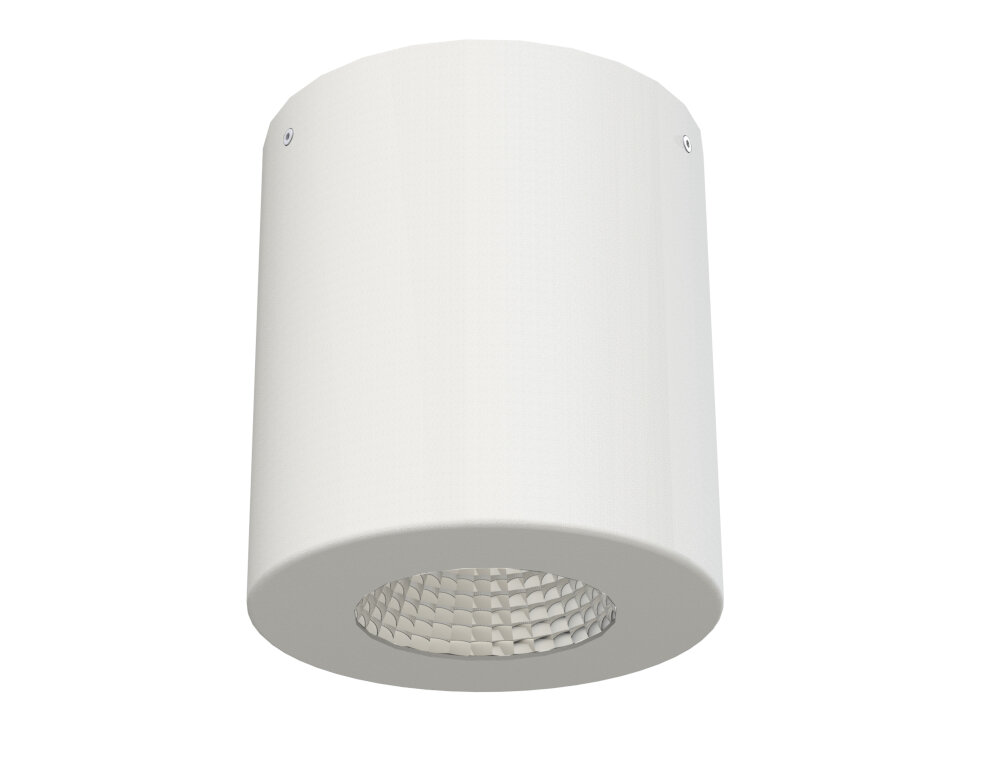
If you have ever experienced LED outdoor lights that continuously flash or flicker, then you understand how frustrating it can be. This issue is not only annoying, but it can also be an indication of a more significant problem. There are several reasons why LED outdoor lights flash. The most common reason is a problem with the connection between the bulb and the fixture. This issue can be easily fixed by checking the connection and making sure that the bulb is securely in place. Another reason why LED outdoor lights flash is due to an issue with the power source. If the voltage is too low or too high, it can cause the lights to flicker. In this case, you will need to check the power source and ensure that it is providing the correct voltage. Another reason why LED outdoor lights may flash is due to a faulty driver. A driver is a device that regulates the current flowing through the LED light. If the driver is not functioning correctly, it can cause the lights to flicker or flash. To fix this issue, you will need to replace the driver. Another common reason for LED outdoor lights flashing or flickering is due to a loose wire. This issue can be easily fixed by checking the wires and ensuring that they are tightly connected. In some cases, it may be necessary to replace the wires altogether. By understanding the reasons why LED outdoor lights flash and knowing how to fix them, you can ensure that your lights are working correctly and providing the illumination you need for your outdoor space.
Overheating is a common issue that can cause LED outdoor lights to flash. When the temperature of the LED light reaches a certain point, it triggers the built-in safety mechanism which causes the light to flash. This is a protective feature that is designed to prevent the light from sustaining damage due to excessive heat. To check for overheating, you should start by inspecting the positioning of the light. Make sure the light is not placed too close to a heat source, such as a grill or fire pit. Also, ensure that the light is not covered by any objects that could prevent proper ventilation. If the light is still flashing after adjusting its position, you may need to replace the LED driver or install a heat sink to dissipate the excess heat.
When LED outdoor lights flash, it could be due to loose wiring or connections. Over time, the wires may become loose due to weather conditions or physical damage. To fix this issue, you should turn off the power to the lights and carefully inspect the wiring and connections. If you notice any loose wires or connections, you should tighten them carefully. It is important to note that you should not overtighten the wires or connections as this can cause further damage. Once you have tightened all the wires and connections, turn the power back on and test the lights to see if the flashing has stopped. If the flashing continues, you may need to call in a professional electrician to further investigate the issue.
Installing a voltage stabilizer is a useful solution when dealing with flashing LED outdoor lights. This device helps regulate the voltage of the electrical current running through the circuit, preventing any sudden spikes or drops that could cause the lights to flicker. A voltage stabilizer is easy to install and can be purchased at most hardware stores. Simply connect the stabilizer to the power source and the LED lights, and you’re done! Not only does this fix the flashing issue, but it also helps protect your LED lights from damage due to fluctuations in voltage, ultimately extending their lifespan.
If you’re experiencing flickering or flashing LED outdoor lights, it may be due to voltage fluctuations or power surges. Installing a surge protector can help protect your lights from these electrical disturbances. Surge protectors work by diverting excess voltage away from your devices, ensuring that they receive only the necessary amount of power. To install a surge protector, you’ll need to locate your electrical panel and turn off the power. Then, attach the surge protector to the panel’s breaker and connect the wires from the protector to the breaker. Once everything is properly connected, turn the power back on, and your LED outdoor lights should be protected from power surges and voltage fluctuations.
If your LED outdoor lights are flashing, it could be due to faulty parts. It is important to check the individual components such as the LED bulbs, driver, and transformer. LED bulbs can be easily replaced, but it is essential to ensure that the wattage and voltage are compatible with the existing fixture. The driver can also be a common culprit for flashing lights, and it may need to be replaced. When replacing the transformer, make sure to choose one with the right voltage and wattage to match the LED lights. Overall, replacing faulty parts is a crucial step in fixing LED outdoor lights that are flashing.
Maintenance Tips for LED Outdoor Lights
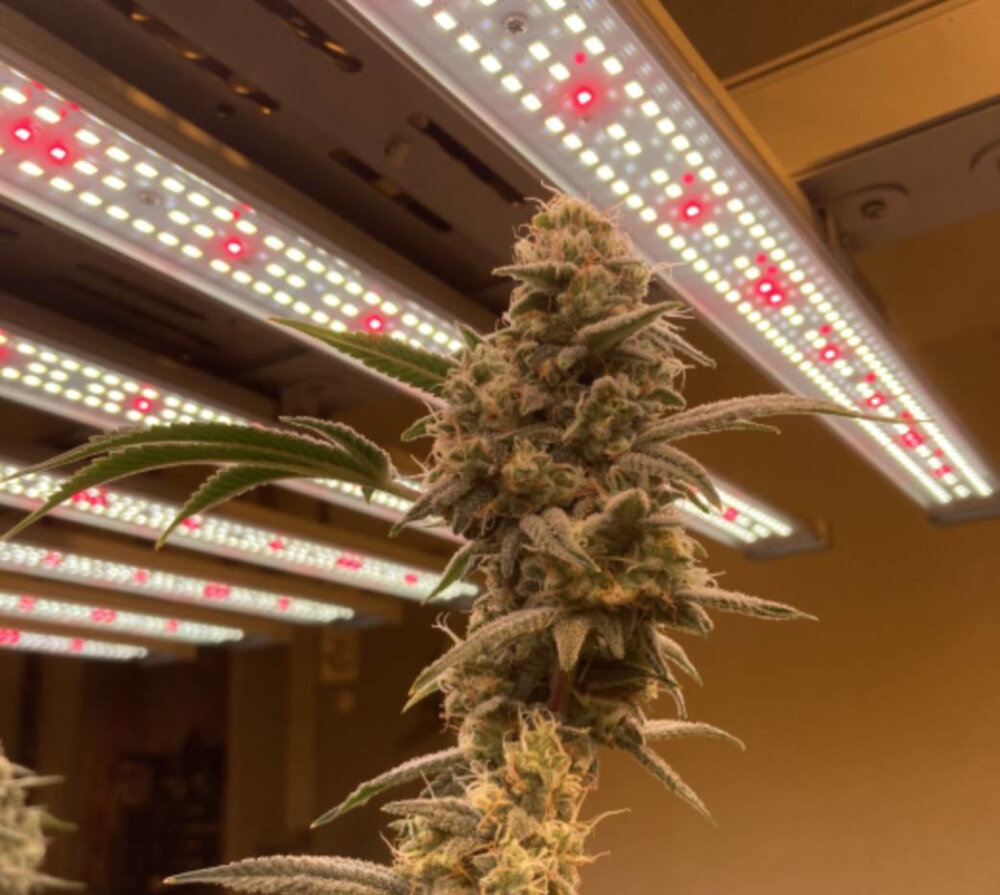
Maintaining LED outdoor lights is essential to keep them functioning optimally and avoid any flickering issues. The first tip to maintain the LED lights is to clean them regularly. Dirt, dust, and other debris can accumulate on the surface of the lights and block the light output. This can result in reduced brightness and uneven lighting. To clean the LED lights, use a soft cloth or brush and gently wipe the surface. Avoid using any harsh chemicals or abrasive materials that can damage the lights. The second tip for maintaining LED outdoor lights is to check the wiring connections regularly. Loose or damaged wiring can cause flickering or dimming of the lights. Make sure to inspect the wiring connections periodically and tighten any loose connections. If you notice any damaged wiring, replace it immediately to avoid any safety hazards. Additionally, ensure that the wiring is properly grounded to prevent any electrical shocks or short circuits. By following these maintenance tips, you can ensure that your LED outdoor lights function efficiently and last for a long time.
Regularly cleaning your LED outdoor lights is essential to maintaining their longevity and functionality. Over time, the buildup of dirt, dust, and other debris can accumulate on the lights, causing them to flash or flicker unexpectedly. This issue can be easily fixed by taking the time to clean the lights on a regular basis. Use a soft cloth or brush to wipe away any dirt or debris, and be sure to avoid using abrasive materials that could scratch or damage the surface of the lights. By taking this simple step, you can ensure that your LED outdoor lights continue to provide reliable and effective lighting for years to come.
When troubleshooting the flashing of LED outdoor lights, checking the wiring and connections is a crucial step to take. This is because loose or faulty connections can cause a disruption in the flow of electricity, leading to inconsistent power delivery and the flashing of lights. It’s important to inspect all wiring and connections, including those between the power source, transformer, and the lights themselves. Look for any signs of wear or damage to the wiring, and ensure that all connections are secure and tight. Additionally, make sure that the wiring and connections are compatible with the LED lights being used. Taking the time to thoroughly inspect and correct any issues with the wiring and connections can help eliminate flashing and ensure the proper functioning of outdoor LED lights.
LED outdoor lights can enhance the beauty and security of your home, but if they start to flash, it can be an annoying and frustrating experience. One of the reasons behind this flashing could be old or damaged parts. Over time, the components of the LED lights may wear out, resulting in flickering or flashing. Additionally, harsh weather conditions can cause damage to the lights, leading to malfunctioning parts. Therefore, it is crucial to replace any old or damaged parts to restore the functionality of the LED lights. By doing so, you can enjoy a well-lit outdoor space without any interruptions or distractions.
One of the most effective ways to reduce energy consumption and save money on electricity bills is to upgrade to energy-efficient LED bulbs. LED bulbs use significantly less energy than traditional incandescent bulbs and last much longer, making them a more cost-effective and environmentally friendly lighting solution. In addition to their energy efficiency, LED bulbs also emit less heat and are more durable, making them ideal for outdoor lighting. By upgrading to LED bulbs, you can reduce your carbon footprint and enjoy high-quality, reliable outdoor lighting that will last for years to come.
When to Call a Professional

When it comes to fixing LED outdoor lights, it’s always better to be safe than sorry. While there are some simple solutions that you can try on your own, there are also situations where you should call a professional. One instance is when the issue seems to be beyond your understanding, and the problem persists even after you have followed all the basic troubleshooting steps. In such cases, it’s best to seek the help of a professional electrician who has in-depth knowledge and experience in dealing with LED lights. Another instance where calling a professional is a must is when you notice any signs of damage to the LED lights or the wiring. Any visible signs of wear and tear or any exposed wires can be extremely dangerous and should be handled by a professional. Attempting to fix such issues on your own can lead to electric shocks, fire hazards or cause further damage to the lights. So, if you notice any physical damage, it’s crucial to call a professional right away to ensure that the problem is resolved safely and effectively. Remember, when it comes to electricity and lighting, it’s always better to err on the side of caution and seek the help of professionals if you’re unsure.
When the problem of flashing LED outdoor lights persists, it is likely due to a more complex issue. One possibility is that the lights are not receiving enough power, which can be caused by a faulty transformer or a damaged power supply. Another potential cause is a wiring issue, such as a short circuit or loose connection. In some cases, the problem may be related to the bulbs themselves, such as if they are defective or incompatible with the fixture. In any case, troubleshooting the issue may require the assistance of a professional electrician. It is important to address the issue promptly, as persistent flashing can not only be annoying but can also indicate a safety hazard.
When faced with a problem with your LED outdoor lights, it can be tempting to try and take matters into your own hands and attempt a DIY fix. However, not everyone is comfortable with this kind of task, and that’s perfectly okay. DIY fixes can sometimes make the problem worse or even cause further damage, which could end up costing you more in the long run. Additionally, tinkering with electrical systems can be dangerous if you don’t know what you’re doing. If you’re unsure about how to fix your LED outdoor lights, it’s always best to seek the help of a professional who has the knowledge and experience to diagnose and solve the problem safely and effectively.
When dealing with complex electrical issues, it’s important to approach the problem with a systematic and methodical approach. Start by identifying the root cause of the issue, which may involve testing individual components, analyzing wiring diagrams, or troubleshooting with specialized equipment. It’s important to have a deep understanding of electrical systems and be able to navigate complex circuitry to identify the root of the problem. Once the issue has been identified, it’s important to take the necessary steps to fix the problem and ensure that the system is operating correctly. This may involve replacing faulty components, repairing wiring, or recalibrating the system to ensure optimal performance. With the right expertise and careful attention to detail, even the most complex electrical issues can be resolved efficiently and effectively.
In this comprehensive guide on why LED outdoor lights flash and how to fix them, several main points are covered. First, it’s important to understand the causes of the flashing, which can include voltage fluctuations, incompatible dimmer switches, and faulty wiring. Next, troubleshooting steps are outlined, such as checking and replacing bulbs, inspecting wiring and connections, and using an LED-compatible dimmer switch. The guide also covers preventative measures, such as avoiding power surges and ensuring proper installation. Overall, this guide provides a thorough understanding of LED outdoor light flashing and offers practical solutions for fixing and preventing the issue.
Regular maintenance is crucial in ensuring that LED outdoor lights function optimally and do not flash. This is because these lights are exposed to various environmental factors such as dust, humidity, and temperature changes that can affect their performance. Regular cleaning, inspection, and replacement of faulty components can help prevent flashing and ensure that the lights remain bright and energy-efficient. Neglecting maintenance can lead to costly repairs or replacements and may compromise the safety and security of the outdoor space. Therefore, it is essential to schedule routine maintenance to keep LED outdoor lights in top condition and avoid any potential issues.
Conclusion
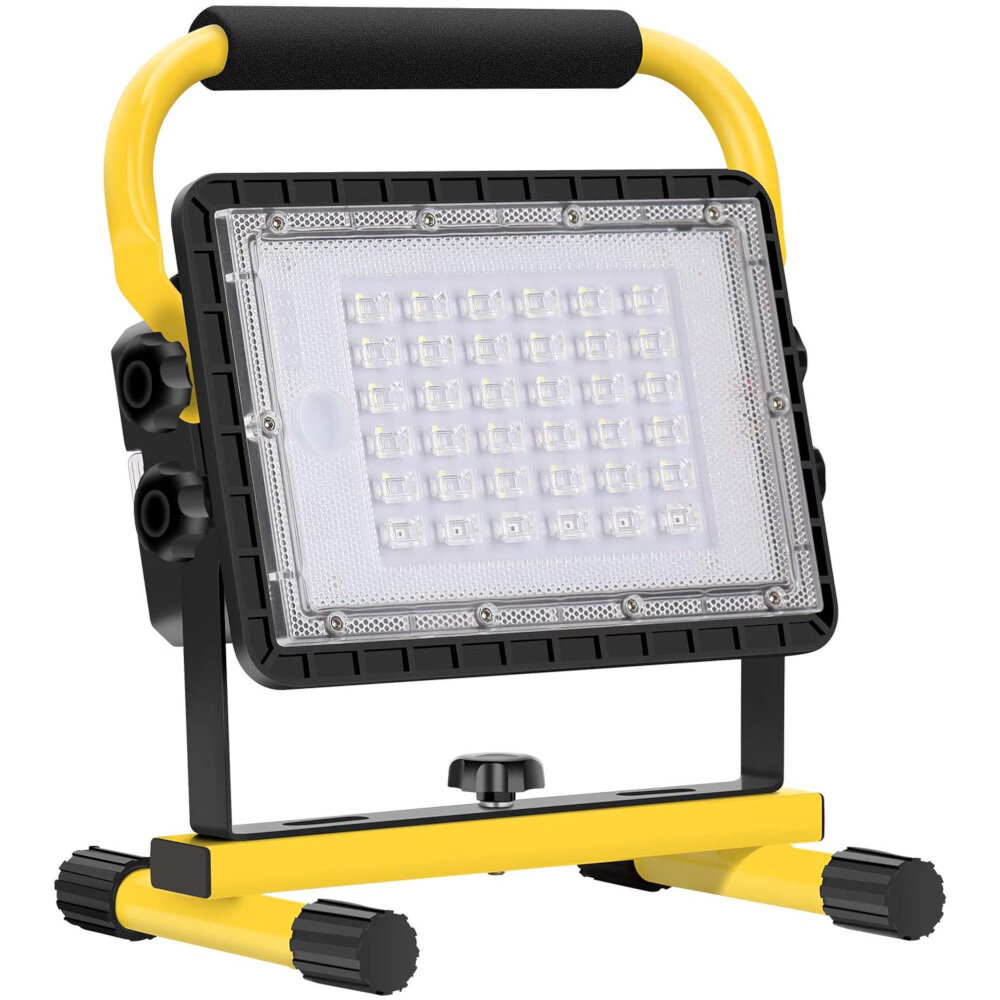
In conclusion, understanding why LED outdoor lights flash and learning how to fix them can save you time, money, and frustration. Whether it’s due to a faulty power supply, loose wiring, or simply a lack of maintenance, these issues can be easily addressed with the right tools and techniques. By following the comprehensive guide provided, you can ensure that your LED outdoor lights stay bright and consistent, providing the necessary illumination for your outdoor spaces. Remember to always prioritize safety when working with electrical equipment and seek professional help if necessary. With a little effort and know-how, you can keep your outdoor lighting system running smoothly for years to come.


